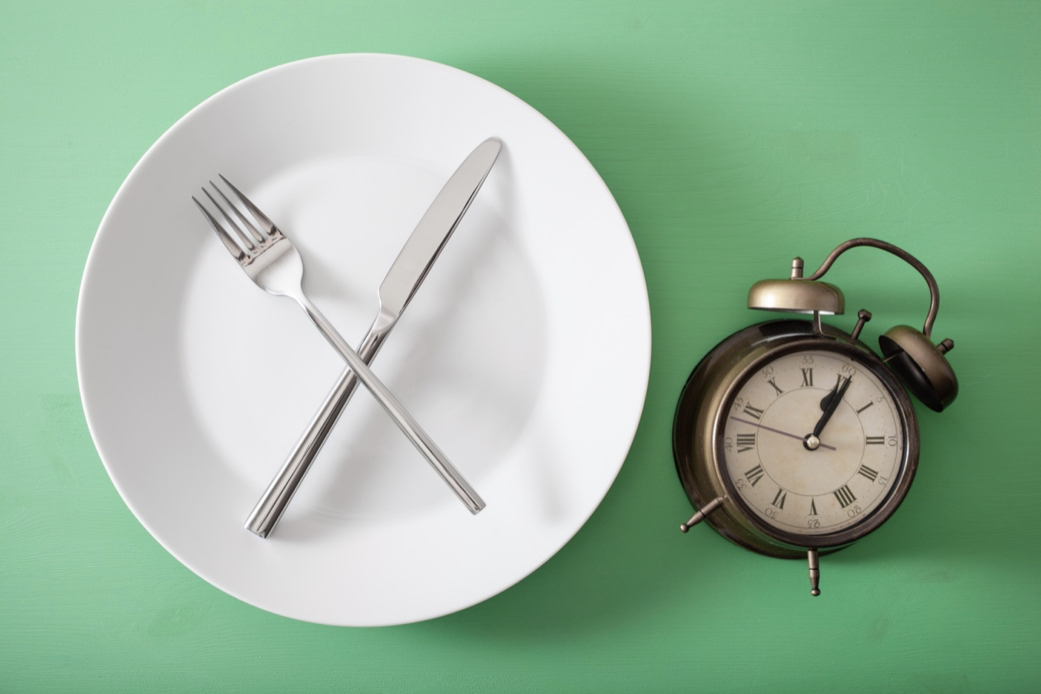Brussels sprouts, kale, broccoli—when these vegetables are listed, do your taste buds tingle or do you experience feelings of disgust? It can be really difficult to transition to a healthier lifestyle if your version of healthy food consists of eating French fries because potatoes are a vegetable. If you have an aversion to healthy food, let’s discuss ways you can overcome it and learn to love healthier foods.
The secret to loving healthier food isn’t to cover it in something like cheese or dressing. Broccoli covered in cheese or ranch might be delicious, but it won’t necessarily help your waistline. Research that focuses on taste shows that childhood food habits have a larger influence on your taste buds as an adult than you would expect. It also shows that the things we eat determine what we like. For instance, a breastfeeding infant who is exposed to carrot juice because his mother drinks it will enjoy carrot-flavored foods as compared to infants that have never been exposed to it. This is why it’s so important to expose kids to a wide array of foods. Some studies also reveal that genetics may play a small role in what we enjoy eating. If you find yourself hating most healthy foods, or at the very least, feeling nervous about them because you’ve never tried them, the key is to utilize your senses to retrain how you think and feel about the food.
Think about the Brussels sprouts mentioned earlier. They can smell pretty awful when you cook them, and that can be a huge deterrent. You have to fool your nose. Roast or steam cruciferous vegetables; it will remove most of the sulfurous compounds that are responsible for the awful smell. Take it one step further by eating the veggies in a room separate from the one you cooked them in. Similarly, you will need to retrain your taste buds. Do you have a sweet tooth? Gradually cutting artificial sweeteners out—which are much sweeter than natural sugar and make you crave more sweets—will help you lose your taste for sweets. If salt is your go-to, cut down the salt and add a splash of vinegar to food instead. It triggers your taste buds in the same way, but without all that extra sodium.
Does the expression you eat with your eyes sound familiar to you? It’s repeated because it’s true. Are you more likely to enjoy a bowl of plain lettuce, or one with colorful veggies—like carrots and cherry tomatoes—and a drizzle of balsamic vinegar? Adding a slew of colorful foods to your plate will make the food on the plate much more appetizing. Even a colorful plate can make a difference. In fact, a study in the Journal of Consumer Research revealed that eating on a red plate versus a white one encouraged individuals to eat 22 percent more. Getting a variety of colors on your plate also helps to ensure that you eat foods from all the food groups you need. Continuous exposure will help you begin to like healthy foods—try a couple months. Try preparing the foods different ways and utilizing different spices to (quite literally) spice it up.


